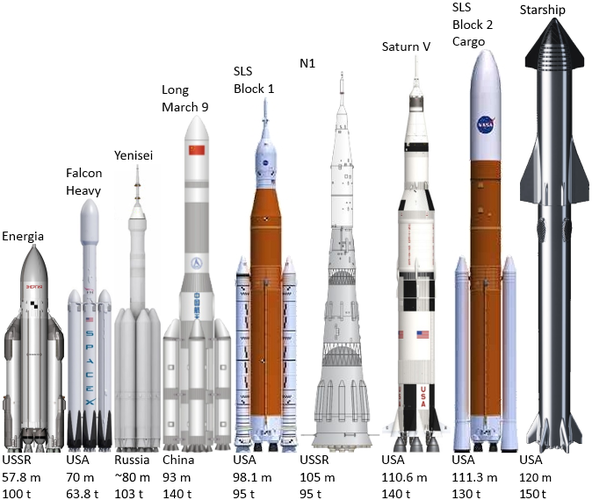If you're putting it in space, why not save the effort of landing it on the moon and just put in a halo orbit around the Earth-Moon L2? Probably more economical than lowering stuff back down another gravity well.
Supposedly the NRO has ELINT satellites with 100m radio telescopes on them. I'll bet they could offer some ideas.
"Code name TRUMPET 1-3 was the successor to the JUMPSEAT spacecraft series the next in a long series of earth orbit NRO/USAF/NSA, SIGINT (signals intelligence) spacecraft used by the USAF and intelligence Community for a variety of mission. They were launched by the Titan-4A-Centaur and Titan-4B-Centaur boosters with a total of three TRUMPETS 1-3 successful launches identified. The spacecraft were actually nothing more than USAF/NSA mission specific sophisticated earth orbit space based earth receiving stations operating over the entire emitted electro magnetic radio spectrum frequency range. The TRUMPET 1-3 spacecraft introduced the third larger unfurling dish structures “wrap-rib” large deployable bleached white gold colored mesh covered receiving dish antenna design of about 350 feet in diameter with a total spacecraft mass of in excess of an estimated 10,000 pounds for the Titan-4A Centaur and 12,700 pounds for the Titan-4B Centaur. TRUMPET-1’s first launch was May 3 1994 and the subsequent second launch was July 19, 1995 with the last known launch of the TRUMPET-3 on November 8, 1997.
The TRUMPET 1-3 series were designed to monitor and pick up from the ground and in flight electronic signals intelligence (ELINT), radio communications intelligence (COMINT) and radar emitters emissions intelligence (RADINT) in addition to the primary missile test telemetry intelligence (TELINT) acquisitions capabilities all coming under the general SIGINT heading. They were fully dedicated mission operations that were highly successful in acquiring SIGINT through the larger mission general SIGINT “wrap-rib” white gold colored mesh covered reflector dishes. Its primary mission was TELINT intercepts of Soviet missile flight test telemetry traffic across the former Soviet Union missile test ranges out into the Pacific Ocean.
The technology for these SIGINT spacecraft fulfilled the need for larger more sophisticated systems able to do multiple missions at the same time. The technology for these SIGINT spacecraft were slow in coming on line development wise but later proved out highly successfully once the technology was perfected. Like any new technology program it had its issues that slowed its initial progress.
Each gravity gradient stabilized spacecraft was about 350 feet in diameter with the dish attached to gimbals for steering from the command, communication, control and intelligence, power bus. The TRUMPET dish did not cover the entire visible surface of the earth but covered much more than it’s MAGNUM/ORION or JUMPSEAT predecessors and thus the dishes were presumable set on gimbals to monitor specific points or objects of interest such as ballistic missile flight test telemetry. This would thus require several spacecraft to accomplish this monitoring task over the full range of the ICBM’s flight test."






